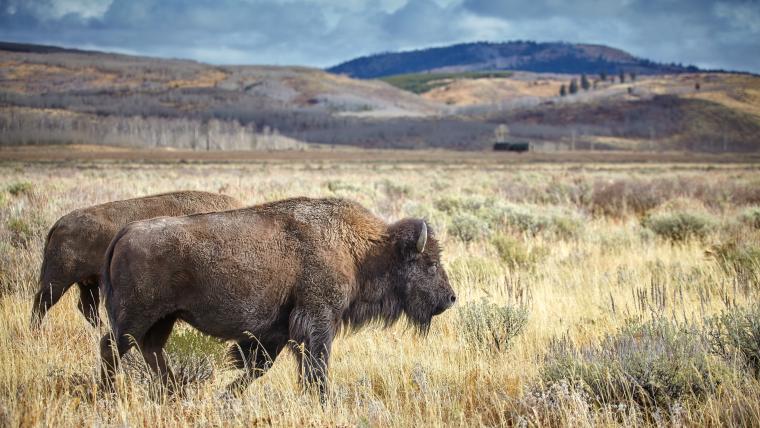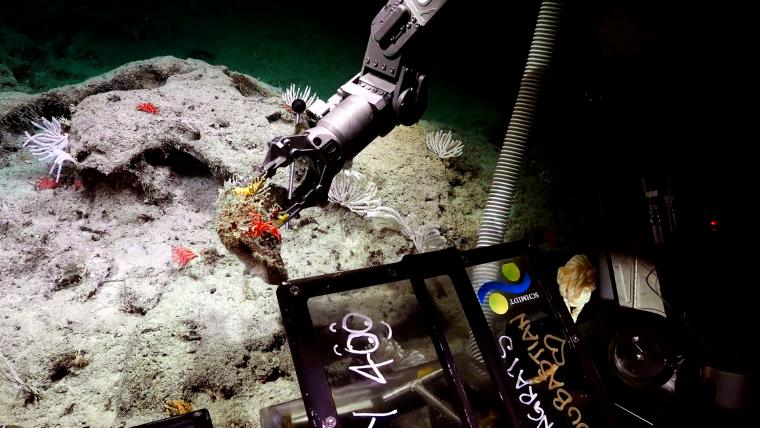
How a sacred tie with Native Americans is restoring bison to indigenous lands
The history of bison and Native Americans is inextricably linked. Over 30 million bison once roamed the Great Plains of America. Their hooved feet shaped the landscape and made way for plant and animal species to thrive. For centuries, these magnificent herds sustained Native Americans. But after the Civil War, the United States government sought complete control over indigenous populations. They turned to the one thing they knew Native Americans relied on the most – bison.
In indigenous communities, American bison, also known as buffalo, represent life. Following sustainable hunting practices, they ensured that every part of the animal was used to create tools, shelter, and garments. When the United States military learnt of this interdependence, they deliberately culled bison to undermine Native Americans. The ungulates were massacred to remove them as a source of food and starve indigenous communities into submission. By the late 1800s, less than a thousand of the animals remained. Now, a century later, the InterTribal Buffalo Council (ITBC) is returning bison to indigenous settlements.
In the early 1990s, 19 tribes gathered – some of whom were once enemies – to form the ITBC. They headed up the transfer of bison from Yellowstone National Park to their territories, introducing new generations of Native Americans to the animal that was once sacred in the life of their ancestors. Recognising bison as wild animals and not livestock, the ITBC’s Farm to School programme encourages the sustainable consumption of meat while paying respect to the spirit of the animal.
Despite all attempts to eradicate bison and Native American culture, both have persevered and supported each other to survive. Today, wild bison populations are over 30 000. Their revival ensures that indigenous people can continue to practise their traditions, and preserve their connection to the natural world.






























Please sign in to leave a comment